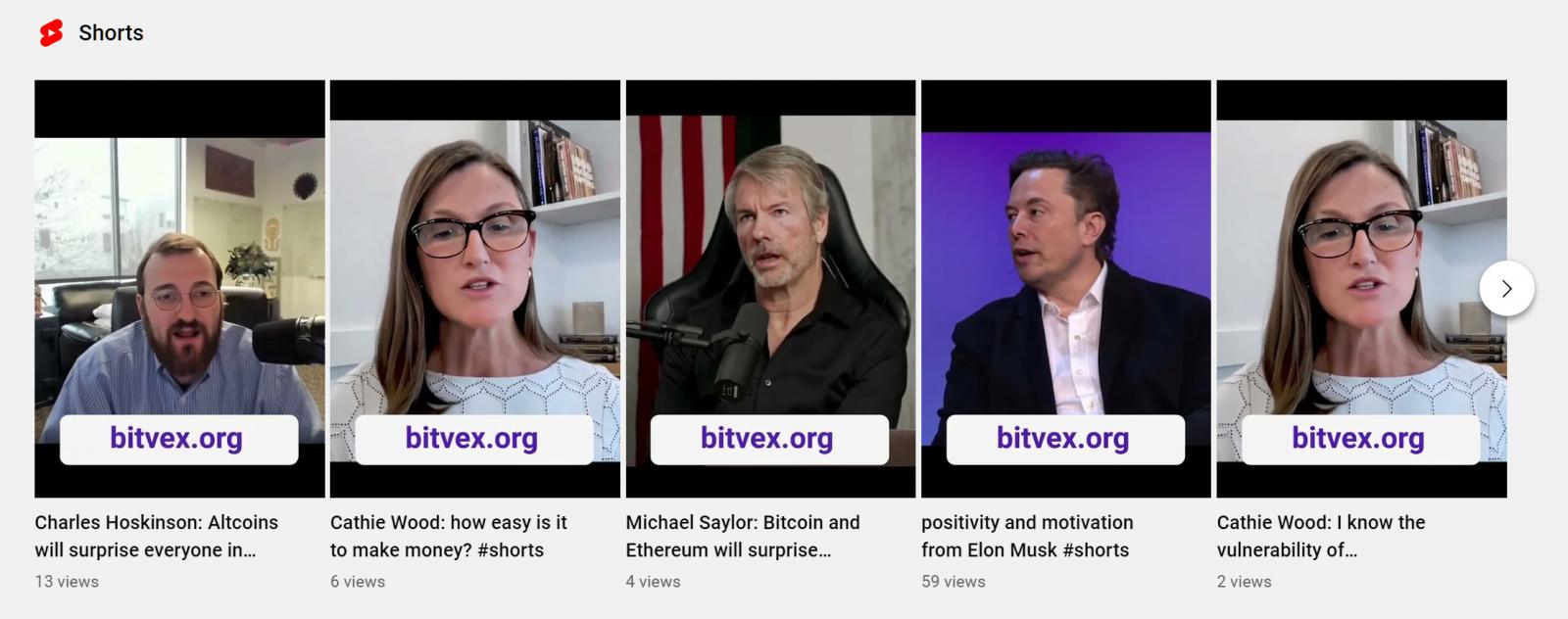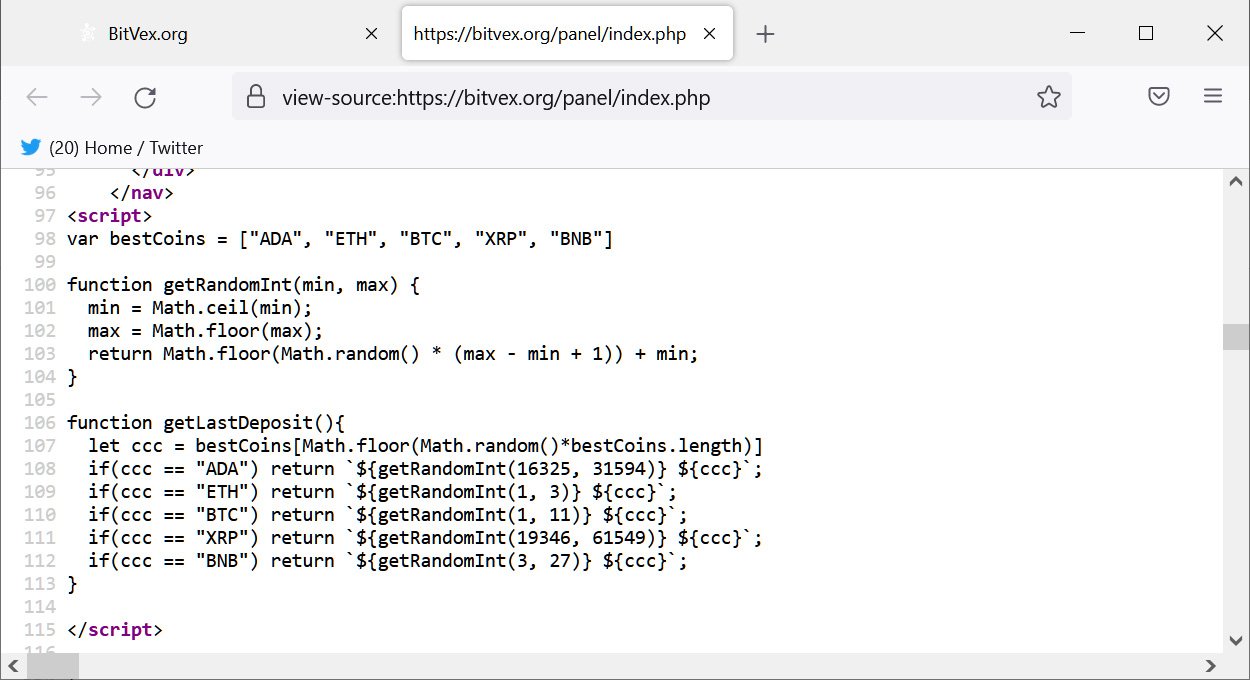According to BleepingComputer, crooks are taking advantage of Elon Musk’s “facade” to scam Internet users, aiming to appropriate cryptocurrency. In a new deepfake video posted on several social networks, “Elon Musk” is enthusiastically promoting the fraudulent cryptocurrency exchange platform BitVex.
Going to the BitVex homepage, a person will easily recognize the signs of a scam. BitVex blatantly claims its CEO is Elon Musk, with co-managers being big names in the crypto market like Changpeng “CZ” Zhao, CEO of Binance, and Cathie Wood, founder and CEO of Ark Invest.

BitVex managers. Photo taken by BleepingComputer.
The BitVex promotion campaign also immediately raised many eyebrows in doubt. A series of famous YouTube channels were simultaneously hacked, and also posted a video of Elon Musk created by deepfake, showing the billionaire advertising a fraudulent cryptocurrency exchange platform.
deepfake, connecting words between “deep learning” and “fake – artificial”, is a technology that uses machine learning and artificial intelligence (AI) to create fake content, often fake faces in videos. Processed by an increasingly complex artificial neural network, this fake content is getting harder and harder to detect.
Deepfake can be used for entertainment purposes, like acting on behalf of actors in blockbuster movies, or used for sinister purposes such as cheating the gullible.
In addition to Elon Musk, a series of other names have also been impersonated by deepfakes, including Cathie Wood, Brad Garlinghouse (senior technology expert and CEO of financial technology company Ripple Labs) or Michael Saylor (CEO of MicroStrategy).

The fake videos are part of BitVex’s promotional campaign. Photo taken by BleepingComputer.
Below is a promotional video for BitVex, showing the scene where Elon Musk claims to have invested $50 million in a scam cryptocurrency exchange platform. Interview scenes in deepfake videos are real, but crooks have used deepfake technology to adjust the characters’ mouths, “putting words in their mouths” according to a pre-made script.
Elon Musk’s mouth and the content of his words did not match, looking ridiculously fake.
Fraudsters used deepfake technology to edit Elon Musk’s mouth to speak deceptively.
To use the BitVex platform, participants need to register for an online account. Once successfully logged in, you will see on the interface the crypto deposits, and also be allowed to choose the investment plan or withdraw the profit. To create a feeling of “false security” for the uninitiated, BitVex shows deposits and withdrawals that look very reputable.
However, the above indicators are all generated by JavaScript statements, randomly selecting 5 cryptocurrencies to display (including Cardano, Ethereum, Bitcoin, Ripple and Binance Coin), and randomly showing the amount of money. money is withdrawn. Every time you refresh the page, you’ll see a different value.
According to what BleepingComputer investigated, the scam was not really successful when it just “fished” for 1,700 USD in deposit. However, market participants cannot ignore the increasingly sophisticated scams. In January 2021, a fake Elon Musk crypto giveaway event earned the crooks $580,000 in just one week.

BitVex’s “real-looking” interface. Photo taken by BleepingComputer.

A piece of JavaScript code used to upload random numbers. Photo taken by BleepingComputer.
The latest video highlights two problems of modern technology. One, is the increasing number of scammers in a lucrative market like cryptocurrencies. Second, deepfake technology continues to prove itself as a powerful phishing tool.
But also thanks to modern technology, we can use one arrow to destroy two targets at the same time.
Blockchain technology, which created the premise for the development of cryptocurrencies, can solve the problem of deepfakes. When a video is saved on the blockchain platform, viewers can easily trace the origin, check the transparency of the content being shown.
If blockchain technology is quickly applied to content control on the Internet, and successfully when the boundary between real video and fake video is still clear, blockchain can soon prevent the potential danger.
At the present time, we still have to rely on personal perception to verify the authenticity of the content. Starting from simple ways like accessing official sources of information, dictating content, or checking character’s mouth in videos that “do not look very real”.
